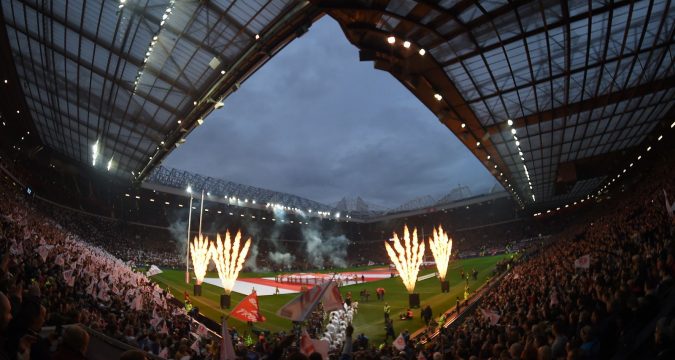 The RFL confirmed last Tuesday in a press release that it has agreed a twelve-year partnership with the IMG Group to "re-imagine Rugby League and its competitions in the UK."
The overall aim is "to maximise its commercial potential for long-term growth, build deeper relationships with fans and attract new audiences."
And in trying to achieve
The RFL confirmed last Tuesday in a press release that it has agreed a twelve-year partnership with the IMG Group to "re-imagine Rugby League and its competitions in the UK."
The overall aim is "to maximise its commercial potential for long-term growth, build deeper relationships with fans and attract new audiences."
And in trying to achieve Talking Rugby League: Can IMG make the sport successful?
 The RFL confirmed last Tuesday in a press release that it has agreed a twelve-year partnership with the IMG Group to "re-imagine Rugby League and its competitions in the UK."
The overall aim is "to maximise its commercial potential for long-term growth, build deeper relationships with fans and attract new audiences."
And in trying to achieve
The RFL confirmed last Tuesday in a press release that it has agreed a twelve-year partnership with the IMG Group to "re-imagine Rugby League and its competitions in the UK."
The overall aim is "to maximise its commercial potential for long-term growth, build deeper relationships with fans and attract new audiences."
And in trying to achieve 